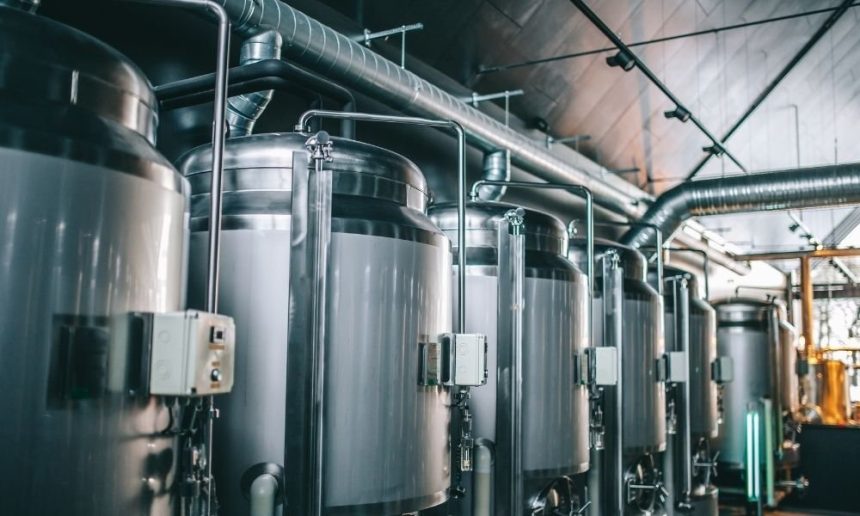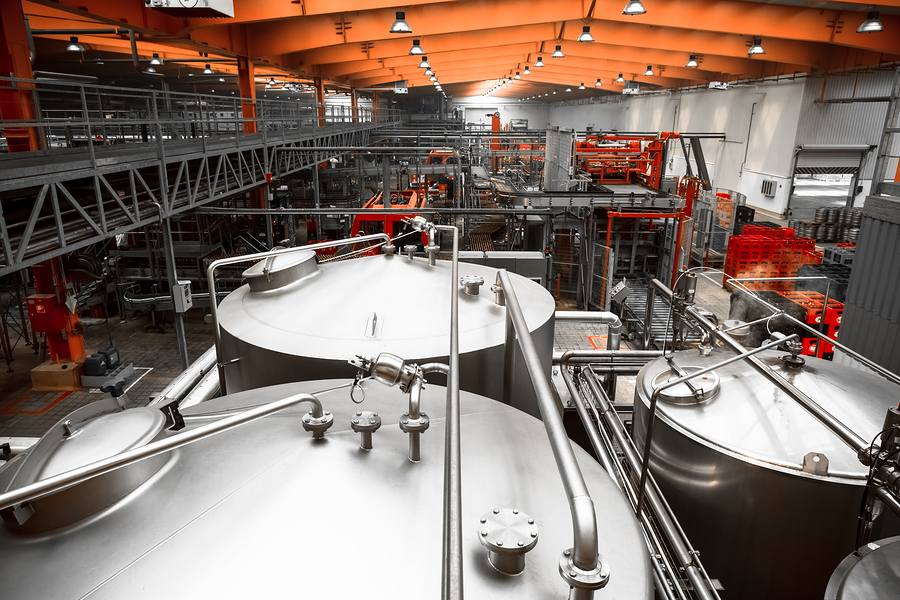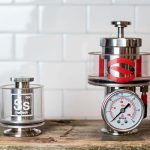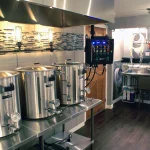I often get emails about how to approach the cold side process of fermentation. Especially for conical and advanced fermenters. I spent a lot of time researching and talking to commercial breweries on this very issue. This is probably where I ask the most questions.
As we begin brewing NEPAs and IPAs, chilling becomes even more critical to the success of the beer. Although this article focuses on sparkling beer production but works with any style. If hop infusions are treated with the care that NEPA does. Let’s dig into my process step by step. You can learn more about glycol fermenters and chillers before you commit.
-
Cold wort
Immediately after the last step of the hotside process, I cool the vegetables to a low temperature and then use the Max CFC Exchilerator to chill the vegetables at the same time. Transfer the wort directly from the kettle to the conical fermenter. Temperature wise I usually use something below 80 degrees Fahrenheit. Once the wort has fermented, turn off the glycol and adjust the cooling.
This last step saves you the stress of water and parking. My Brewer Hardware’s jacketed funnels are very efficient and can quickly heat wort in less than an hour. During this time I tend to focus on cleaning equipment and organizing the brewery. Once the wort has cooled this is usually at 66-68°F with pure oxygen and most of the yeast is used the 5-gallon size is not unusual Add the yeast in the morning and add the yeast tar at night.
-
Fermentation
The beer is fermented for 5-10 days and then a bit of dry hopping and additives are added. Most beers finish fermenting in about 3-5 days, depending on the strain. Vigorous fermentation for the first 24 hours is essential for optimal temperature control. Start fermentation slowly and allow the fermentation to rise to 70-72 degrees F. Fermentation completes and removes unwanted flavors.
Because your beer is brewed in a funnel with a vacuum valve. Therefore, secondary fermentation tanks are not used. Even in the plastic bucket days, I also tilted the cup to the side to reduce exposure to oxygen. This was never a concern. The airlock is also great.
-
Remove the yeast
If you have yeast cuts, it is a good idea to remove them before jumping to drying. This is done to keep the yeast healthy for regeneration and to reduce negative interactions between yeast and hops. However, try to remove as much as possible before going through the drying process. It is difficult to remove yeast at high temperatures. Most brewers slowly immerse the fermenter at 55-60°F to attach the yeast to the funnel.
Most commercial breweries also dried at very low temperatures. The only caveat to this method is finishing the fermentation before the beer breaks. If you ferment in a fermenter or fermenter, the hairs won’t start breaking easily until 7-8 days. Now the yeast cannot be removed and discarded. This is normal and not a problem for most styles.
-
Dry hopping
Once the fermentation is complete, close the lid and seal the fermentation tank and prepare for dry hopping. Press the hops, i.e. keep the pot closed at less than 10 psi after adding the dry hops. Check for a pressure gauge. A low pressure gauge sprinkler valve can safely reduce pressure.
If using dry storage, make sure the dry storage is completely free of oxygen before adding the hops I put pressure on my cone. Halve the prawns on the top plate. And let the pressure flow through the blender jar and down the funnel while I clean the top. Add the dry hops, squeeze and cover the container.
There are a few things to keep in mind when doing a double jump throw. Before adding more raw hops, I start by emptying as much of the trap/hops through the drain valve as possible. Do this slowly under a few psi. My first DH is 5-6 days and my second DH is usually 8-9 days.
Using a tumble dryer allows squeeze/hold drying. To do this, the pressure in the dry solvent must be equal to the pressure in the solvent. This allows the funnel valve to open safely without digging up the beer.
-
Cold Crashing
Once the second fermentation is complete, the cold side process problem begins. My cold hops involve straining my container and lowering the temperature to 35 degrees Fahrenheit for 48 hours. The pressure in the tank decreases and a vacuum is created. This vacuum causes a phenomenon called adsorption. This aerator usually absorbs the beer along with oxygen. Therefore, to avoid this problem I sealed the entire jar with a pressure of 7-10 psi. Pressure is necessary to prevent heat from damaging your equipment.
This is of course easier with a pressure cooker. If you’re playing in a balloon, it’s a bit more difficult. My suggestion is to consider replacing the incubator with a CO2 filled Myla balloon with CO2 when the pressure drops. In general, complete oxygen removal at this stage is very difficult unless you have the right equipment. The S-type air seal would be excellent at preventing anti-microbial corrosion, but does not create a vacuum effect in the tank.
To be honest, I don’t think I was that interested in oxygen until I started making IPAs.
-
Problems, carbohydrates and packaging
Most of my beers were out of cask in about 10-12 days. From here I transfer the sealed compress into a completely sterile tube. If you don’t know what’s what, see how to clean it. This method is more efficient than simply removing carbon dioxide. I always pour the beer at 3-5 psi to avoid watering. Because I’m always under pressure while brewing my beer. So he started melting down some carbon.
When shipping my beer I seal the container to 25 psi. This keeps the dough sticky and provides carbon dioxide, which aids in the early stages of carbonation. No need to lower the pressure, just turn the regulator to create pressure and add carbonation and add conditioning. Keep the beer at CO2 level and place it in the fridge/refrigerator. Your beer should be fully carbonated in about 7 days.
I believe in low energy, slow energy techniques. Because it doubles much-needed cooling time. My beer is usually ready in 20-22 days, a lighter beer takes longer to mature and taste better. Rushing this process will only hurt. It’s amazing how much a week of chilling can do for beer. More information about carbonation streams can be found here.

Conclusion
The process goes through Neipa fermentation, but I follow the same process in every brew I make. I think it makes a huge difference to the overall quality of the beer. Because I try to change the business model as much as possible. There are many advantages to this approach. If you think I’m missing something or need to add more information about steps, I’d love to hear from you!











